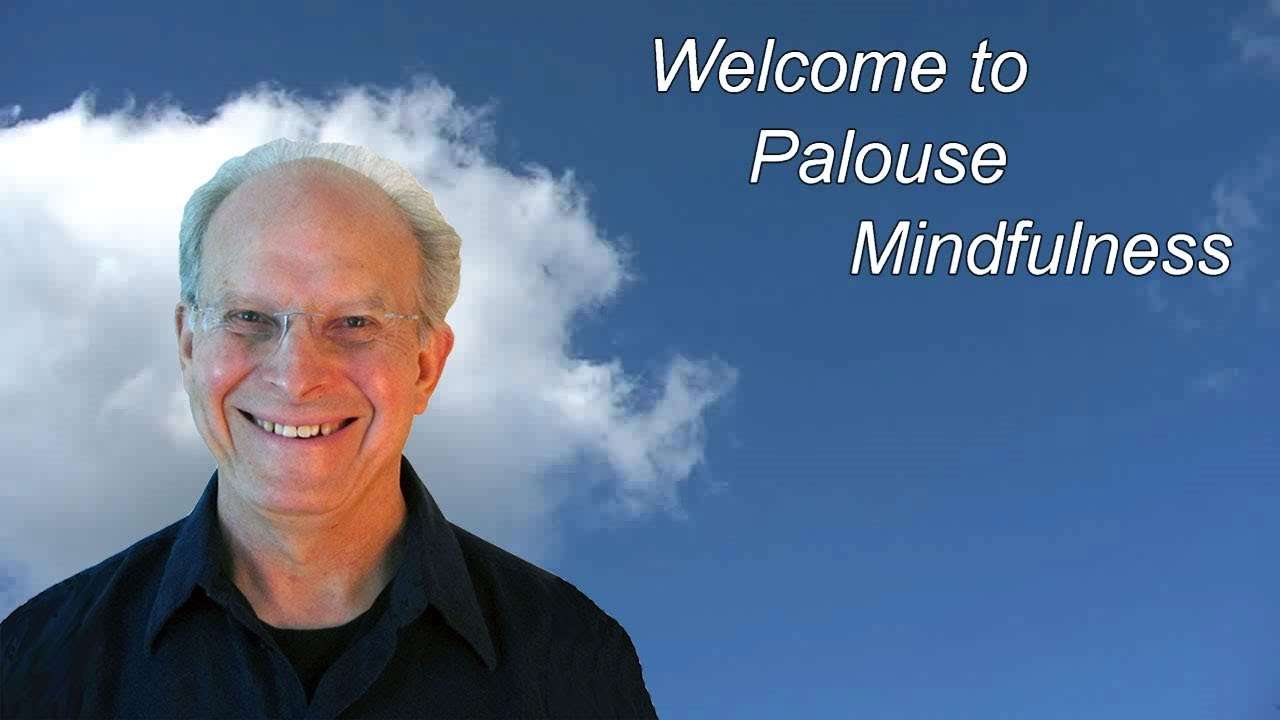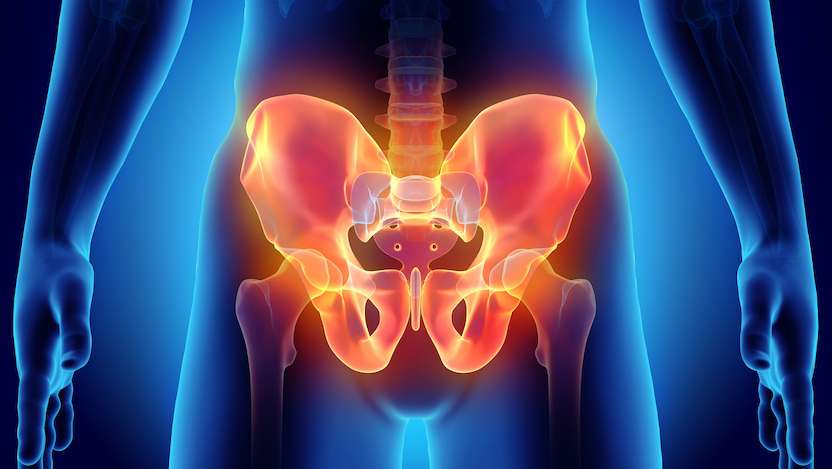Music can have a profound effect on both the emotions and the body. Faster music can make you feel more alert and concentrate better. Upbeat music can make you feel more optimistic and positive about life. A slower tempo can quiet your mind and relax your muscles, making you feel soothed while releasing the stress of the day. Music is effective for relaxation and stress management.
Research confirms these personal experiences with music. Current findings indicate that music around 60 beats per minute can cause the brain to synchronize with the beat causing alpha brainwaves (frequencies from 8 – 14 hertz or cycles per second). This alpha brainwave is what is present when we are relaxed and conscious. To induce sleep (a delta brainwave of 5 hertz), a person may need to devote at least 45 minutes, in a relaxed position, listening to calming music. Researchers at Stanford University have said that “listening to music seems to be able to change brain functioning to the same extent as medication.” They noted that music is something that almost anybody can access and makes it an easy stress reduction tool.
So what type of music reduces stress the best? A bit surprising is that Native American, Celtic, Indian stringed-instruments, drums, and flutes are very effective at relaxing the mind even when played moderately loud. Sounds of rain, thunder, and nature sounds may also be relaxing particularly when mixed with other music, such as light jazz, classical (the “largo” movement), and easy listening music. Since with music we are rarely told the beats per minute, how do you choose the relaxation music that is best for you? The answer partly rests with you: You must first like the music being played, and then it must relax you. You could start by simply exploring the music on this web page. Some may relax you, some may not. Forcing yourself to listen to relaxation music that irritates you can create tension, not reduce it. If that happens, try looking for alternatives on the internet or consult with Counseling Service staff for other musical suggestions. It is important to remember that quieting your mind does not mean you will automatically feel sleepy. It means your brain and body are relaxed, and with your new calm self, you can then function at your best in many activities.
Experiment now. Experience a “sound bath” and let the music carry you away
The links below each open relaxing musical selections in YouTube.
A Moment of Peace Meditation
Aneal & Bradfield, “Heaven and Earth Spirits” track from Life & Love). Lovely contemporary piano music with accompanying instruments and nature scenes.
Echoes of Time
C. Carlos Nakai from the Canyon Trilogy. Serene Native American flute music, with a picture of Nakai backlit by the sun at the Grand Canyon.
The Winding Path
Ken Kern from The Winding Path. Highly rated, beautiful piano music with accompanying instruments with pictures of exquisite flowers and plants.
Classical Indian Music for Healing and Relaxing
Gayatri Govindarajan, “Pure Deep Meditation” track. Lovely and rhythmic music played on the veena, the most ancient of the Indian plucked-instruments, with nature scenes.
Angels of Venice
Angels of Venice from Music for Harp, Flute and Cello. Classical with 3 instruments with nature pictures.
Earth Drum
“Spirit Vision,” (David & Steve Gordon. Serene and lovely contemporary Native American informed-drumming music utilizing Taos Log Drum and Incan Pan along with other instruments and ocean/forest nature scenes.
Buddha Spirit
Aneal & Bradfield from Light & Love. Reflective but strong contemporary music utilizing various instruments and occasional humming voices with colorful oscillating fractals
Spa Relaxing Music
Tranquil contemporary instrumental with piano and a fixed candle light.
Relaxation Music: 1-Hour Meditation Candle
Serene contemporary instrumental with piano and one flickering candle.
Sleep Deeply
Dan Gibson. Nature sounds and instrumental, tranquil sleep music.
Weightless
Marconi Union. The sounds on this video are carefully arranged harmonies, rhythms, and bass lines that help slow a listener’s heart rate, reduce blood pressure, and lower levels of the cortisol stress hormone.
Music therapy involves using a person’s responses and connections to music to encourage positive changes in mood and overall well-being. Music therapy can include creating music with instruments of all types, singing, moving to music, or just listening to it.
Music has powerful effects on the mind. Different styles of music can have a significant effect on a person’s mood very quickly, and it can help them experience and process a wide range of emotions, from happiness to excitement, as well as sadness, calmness, and thoughtfulness.
Making music can also be as beneficial as listening to music, and music therapy encourages people to actively create the music they find helpful to them.
This article explains what music therapy is, how it can help improve mental health, and its effects on different mental health conditions.
What is music therapy?

Share on Pinterest
Image credit: Getty Images
Music therapy uses the powerful abilities of music to improve a person’s well-being. It is an alternative to other types of therapy, such as counseling or cognitive behavioral therapy (CBT).
Music therapists use a person’s responses and connections to music to encourage positive changes in mood and overall mental mindset. Music therapy can include listening to music or creating music with instruments of all types. It may also involve singing or moving to music.
It can help improve confidence, communication skills, independence, self-awareness and awareness of others, and concentration and attention skills.
Live musical interaction between a person and their therapist is important during music therapy.
Improvisation can also be a key part of music therapy. This involves making music up on the spot in response to a mood or a theme, such as making the sound of a storm using drums and a rainstick.
How does music therapy work?
The way that music affects the brain is very complex. All aspects of music — including pitch, tempo, and melody — are processed by different areas of the brain.
For instance, the cerebellum processes rhythm, the frontal lobes decode the emotional signals created by the music, and a small portion of the right temporal lobe helps understand pitch.
The reward center of the brain, called the nucleus accumbens, can even produce strong physical signs of pleasure, such as goosebumps, when it hears powerful music.
Music therapy can use these deep physical reactions the body has to music to help people with mental health conditions.
History and origins
Music has been a part of human life for thousands of years. Specifically, experts have found instruments dating back to over 40,000 years ago, suggesting that humans’ desire to express themselves or communicate through music is deep rooted.
The use of music for therapy and healing dates back to Ancient Greece, but its therapeutic use today began in the 20th century, after World War II had ended. The earliest reference to music therapy comes from a 1789 article called “Music physically considered.”
The 1800s saw medical research into the therapeutic nature of music grow, and by the 1940s, universities were offering music therapy programs. E. Thayer Gaston, one of three men who pioneered the use of music as a therapeutic tool, had organized and promoted the practice so that it would become an accepted type of therapy.
Now, there are many music therapy associations around the world, and music therapists work in private care, education, and social care.
Music therapy vs. other forms of therapy
Music therapy does not rely on verbal communication, so it can be better for people who struggle to communicate verbally. This could be due to a disability, a neurodegenerative condition such as dementia, an acquired brain injury, or a mental health condition.
As CBT and counseling are both talking therapies, they may not be suitable for people who find verbal communication difficult. This is where music therapy can be beneficial.
Additionally, mental health practitioners can bring music therapy directly to a person, such as if they cannot get out of bed or are unable to get to a therapist’s office. Enjoying music therapy at home can also benefit children who want to be in a familiar environment during their sessions.
This is not specific to music therapy, though, as many other types of psychotherapy can take place in the home.
The skills a person learns in music therapy can be useful in their everyday life, too. They may even take up learning an instrument as a new hobby, which they can use as a tool for improving their mental health and coping with difficult situations throughout their life.
Benefits
There are extra benefits to listening or creating music that talking therapies may not be able to offer.
For instance, learning and practicing a piece of music can improve memory skills, coordination, reading, comprehension, and math skills, and it can also give lessons in responsibility and perseverance.
People can also enjoy a great sense of achievement from creating a piece of music, which can help improve their mood and self-esteem.
Music therapy can also introduce people to many different cultures, as clients can explore any type and genre of music during therapy. Understanding the history behind a piece of music can help people connect with the music they are hearing or playing.
Although self-expression is a part of talking therapy, music therapy allows people to express themselves in a creative way, which can be a more enjoyable way of exploring difficult emotions.
Lyric analysis is another accessible way for people to explore and process difficult emotions, experiences, or memories through music.
For example, a person can find themes and meanings within lyrics and offer alternative lyrics that apply to their life and experiences, which can help them find the words that represent how they are feeling if they are finding it hard to express this themselves.
Some of the documented benefits of music therapy include:
- improved self-esteem
- decreased anxiety
- increased motivation
- successful and safe emotional release
- increased verbalization
- stronger connections with other people
How it helps with anxiety
Many studies suggest that music therapy can reduce feelings of anxiety, including in people with cancer, those undergoing surgery, and individuals going into intensive care units. Some studies also suggest that music can reduce blood pressure and the heartbeat, which can have a direct impact on how stressed a person feels.
There is also evidence to suggest that those undergoing music therapy experience reduced anxiety immediately after the session, which indicates that music therapy could be a convenient way to reduce symptoms quickly.
Music affects the amount of stress hormones, such as adrenaline and cortisol, that the body releases, and reducing these hormones can help relieve symptoms of anxiety.
How it helps with depression
Studies suggest that music therapy can improve symptoms of depression, with those undergoing music therapy along with standard treatments for depression — such as talking therapy — improving more than people who only received standard therapy.
Listening to music can also release dopamine, which is a hormone that makes people feel good, and endorphins, which are hormones that can induce happy moods and relieve pain.
Although music therapy is not a cure for depression, it can offer short-term benefits by improving mood and encouraging connection and self-expression.
In children
Some of the benefits of music therapy for children include:
- offering fun ways of expressing thoughts and feelings
- practicing social interaction and communication skills
- encouraging creative play
- improving concentration and coordination
- increasing self-awareness
- increasing awareness of other people, particularly in group music sessions
- building self-esteem and resilience
- building language and listening skills
- strengthening family relationships
Summary
Although music therapy is not a cure for any mental health condition, it can be an effective and enjoyable tool for reducing the symptoms of numerous conditions, including depression and anxiety.
Music therapy offers people a creative and accessible way of expressing their feelings and processing their experiences. People have used music for its powerful effects on mood and emotions for a long time.
Aside from helping with mental health conditions, music therapy also has numerous other benefits, such as providing a creative outlet, expanding knowledge and cultural awareness, and improving cognitive skills such as memory.
Read this article in Spanish.




